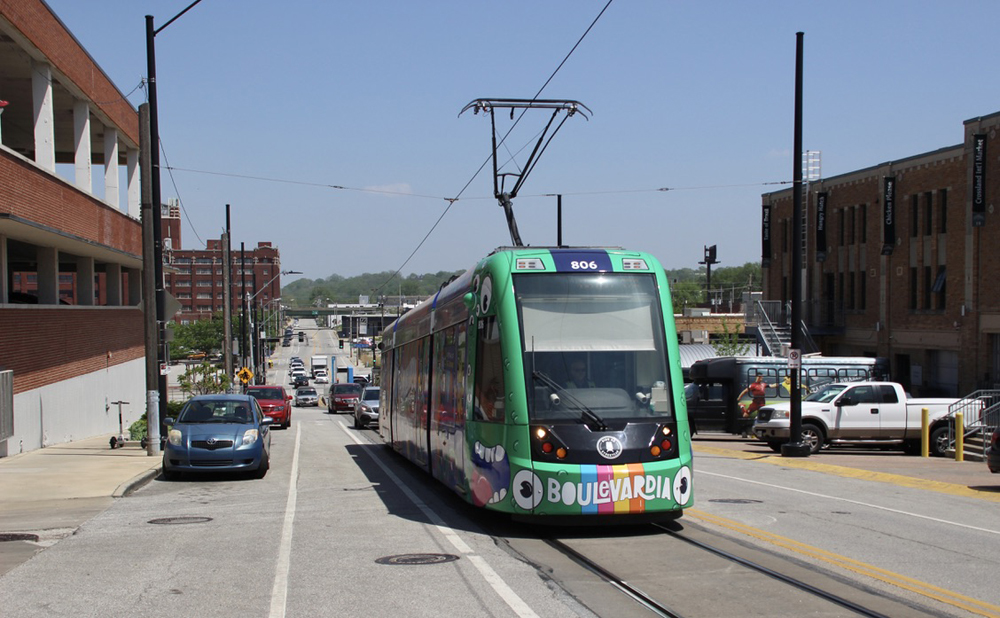
OMAHA, Neb. — CAF will build the equipment for the new Omaha streetcar network, the Spanish firm has announced.
The initial order for the Omaha Streetcar Authority, a partnership between the City of Omaha and Omaha Metro, will include six vehicles, along with parts and tools, along with an option to build up to 29 additional trainsets in the future. The contract is worth approximately $54 million (€50 million).
CAF will build Urbos three-module, low-floor vehicles for Omaha, equipped to run off either overhead catenary or off an Onboard Energy Storage System on sections without catenary. These will be the first OESS-equipped vehicles built by CAF for the United States, a significant milestone given the growing interest in such battery systems allowing catenary-free track segments.
CAF has been producing equipment in the U.S. since 1998, including 130 passenger cars for Amtrak, 96 cars for the DC Metrorail system, and streetcars and light rail vehicles for Kansas City, Cincinnati, Houston, Sacramento, Pittsburgh, and Boston.
The Omaha streetcar line, scheduled to begin operation in 2027, will run between the city’s Blackstone District and downtown, covering 3 miles and 16 stops. More information is available here.
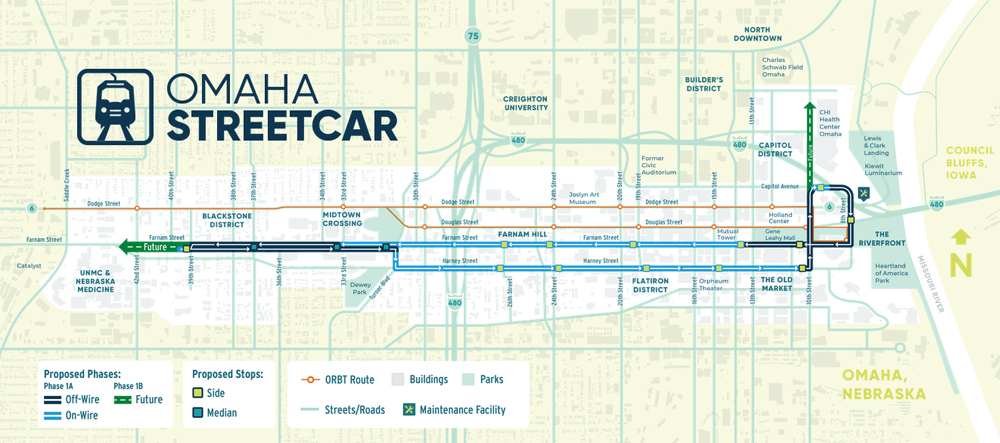






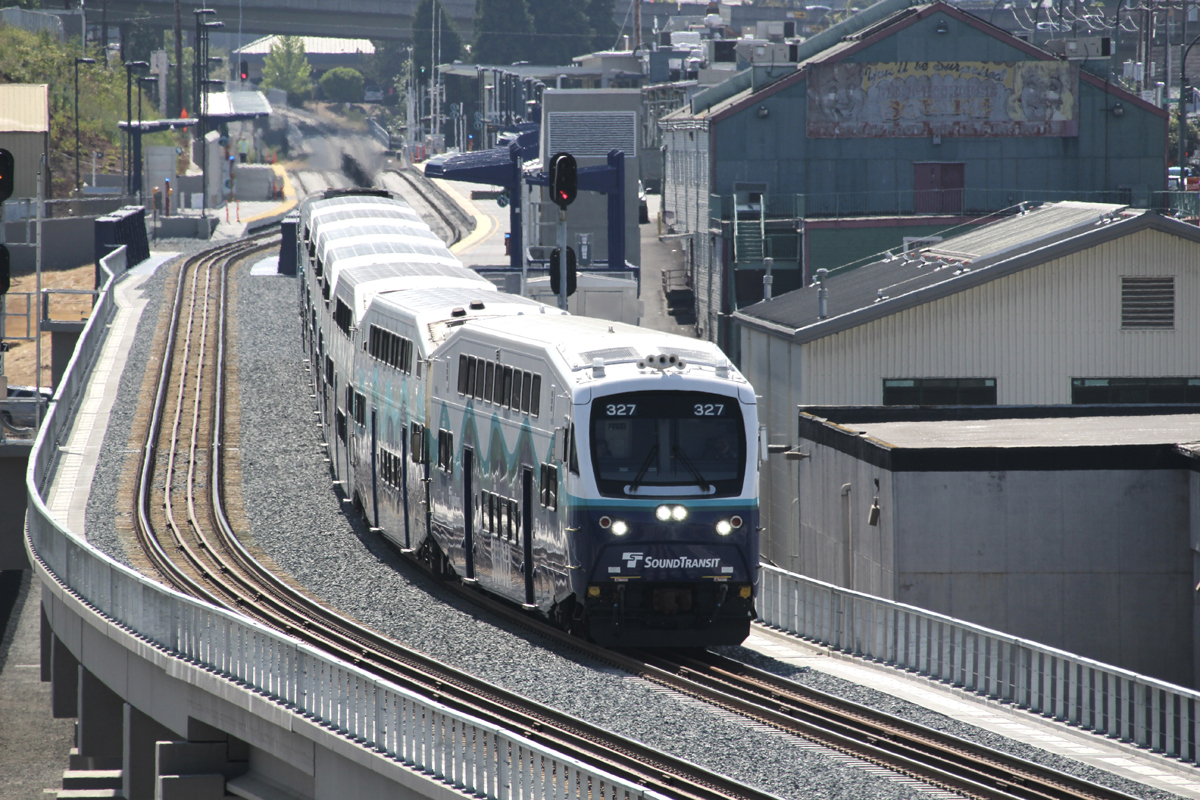
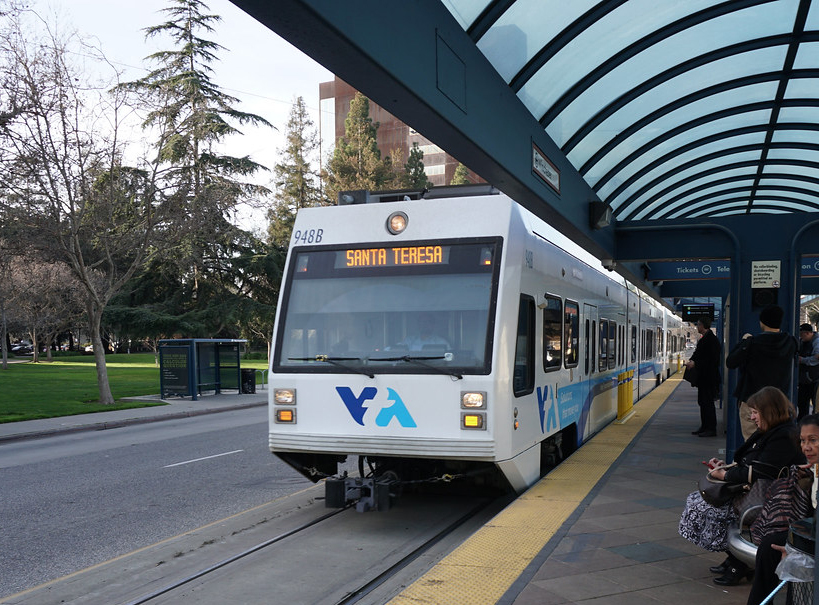

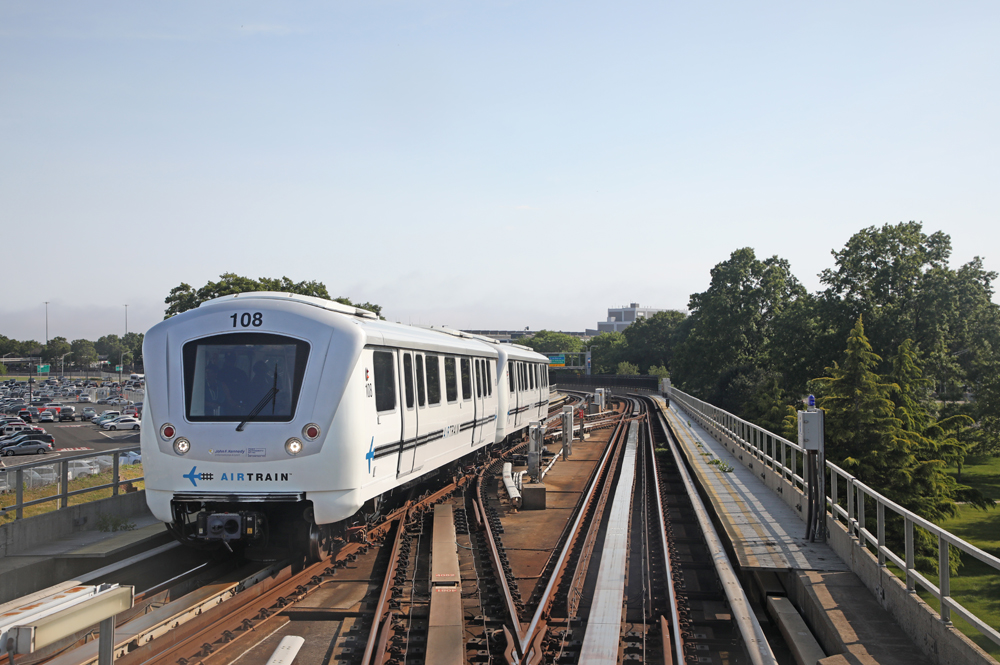




CAF had troubles with Amtrak as a client. Alstom certainly has troubles with Amtrak as a client. Is there a pattern developing? My roomettes though are really nice. I live just north of Elmira Heights and about an hour from Hornell. I have to drive two or three hours to catch Amtrak. Fascinatingt. CAF is pretty good good with LRT and LRV systems. Your thoughts are encouraged.
“… including 130 passenger cars for Amtrak…” which were years late and had a 70 car option that was NOT exercised.
“Overhead catenary” again. Goes with “9a.m. in the morning” in a report a few days ago.
“Streetcar” again. The article begins by talking about a “network” and continues by saying it’s a single line going three miles. Sounds like the Milwaukee streetcar line which has a fleet of four cars, goes from nowhere to nowhere, and has ZERO farebox revenue because almost no one would pay to ride it if there were a charge.
In contrast LRT systems like Seattle and Boston are jam=packed because they have wide reaches and serve as useful components of regional transportation.